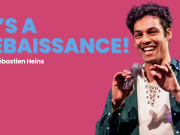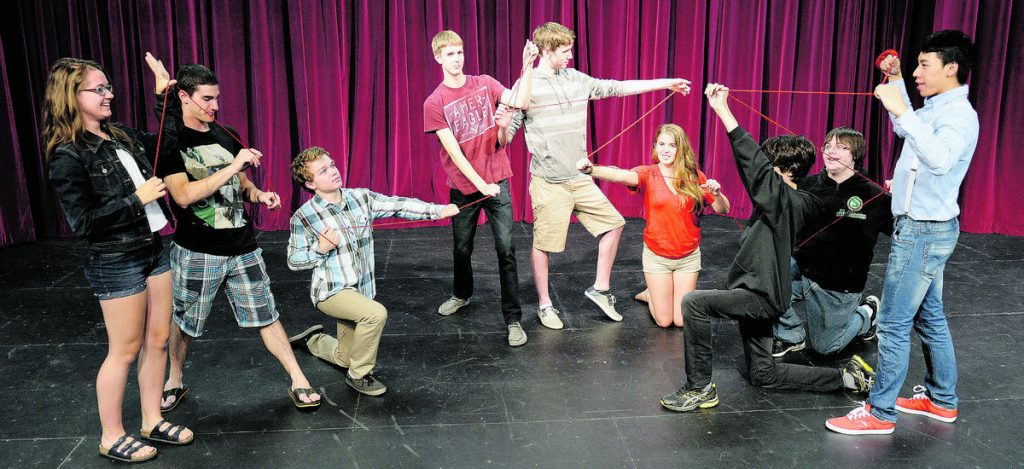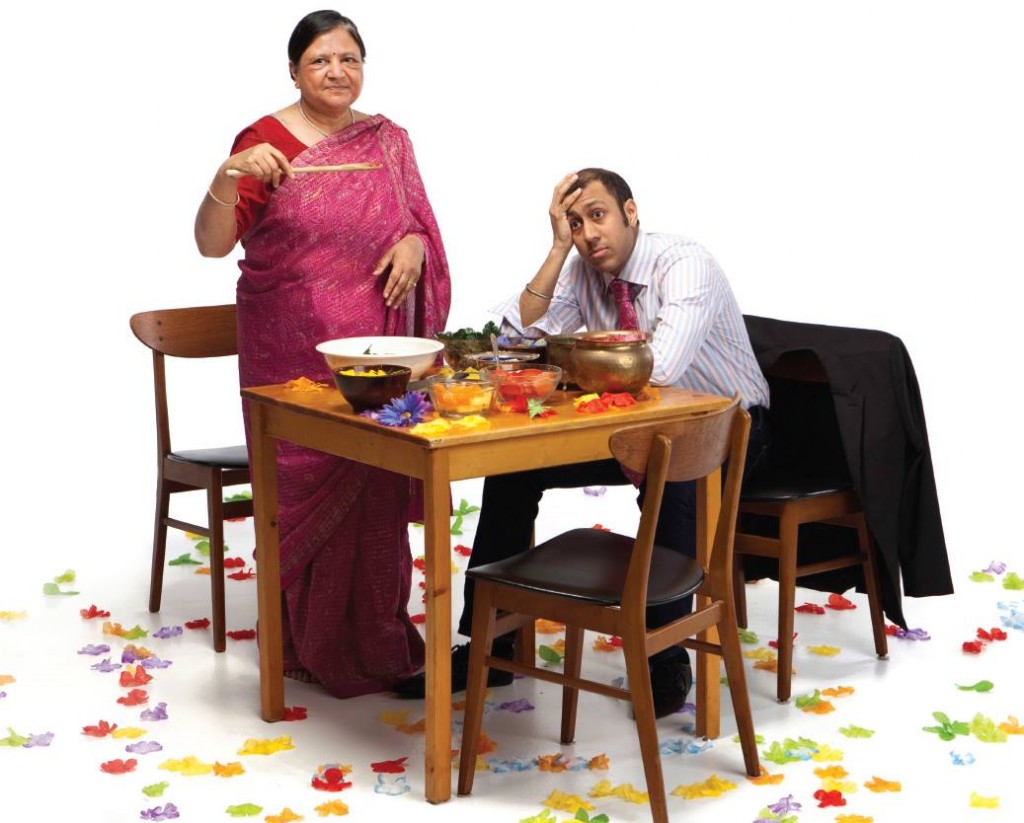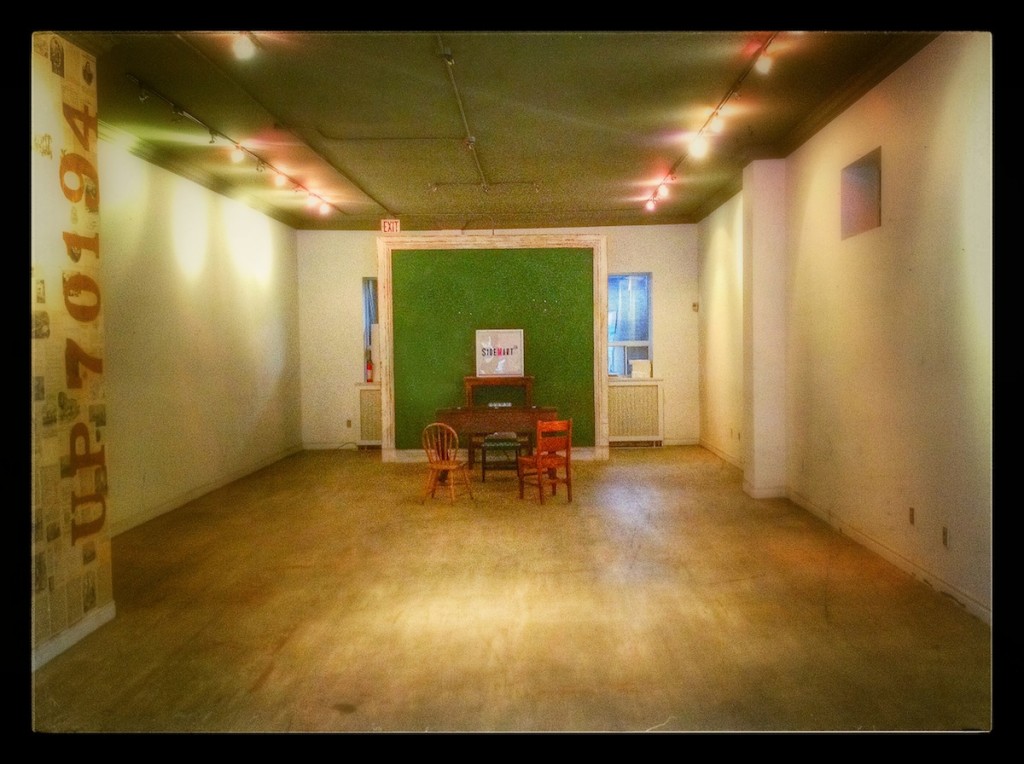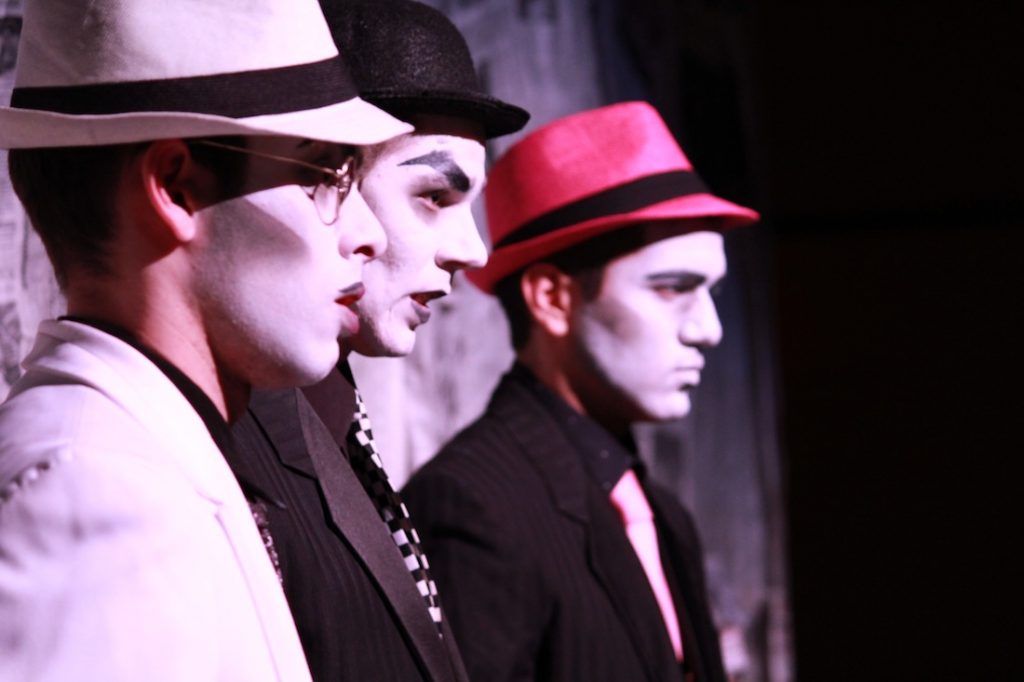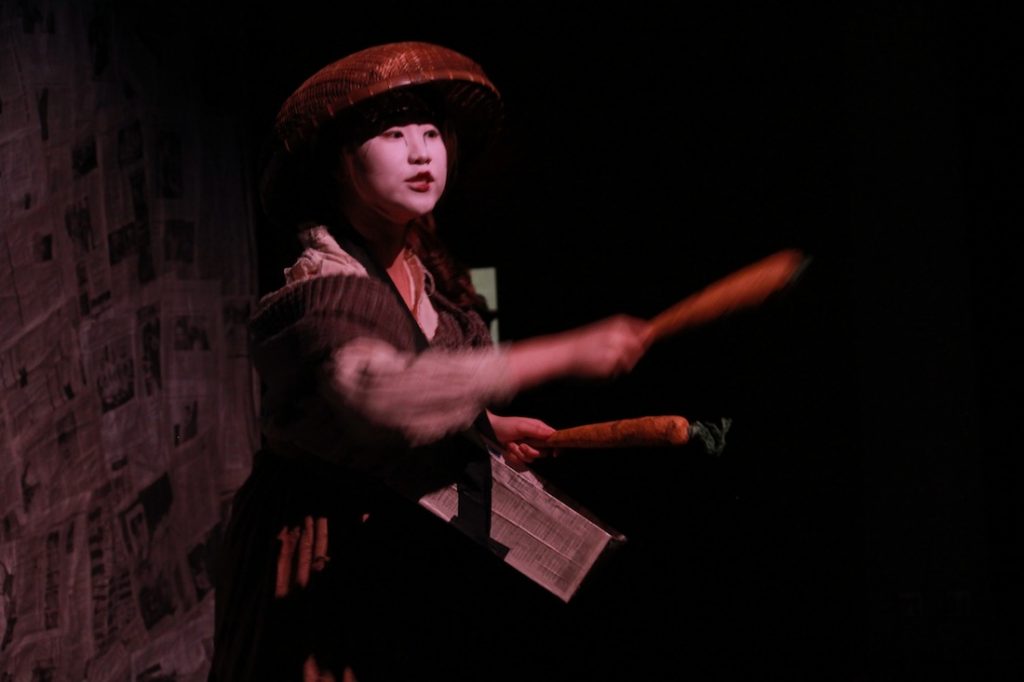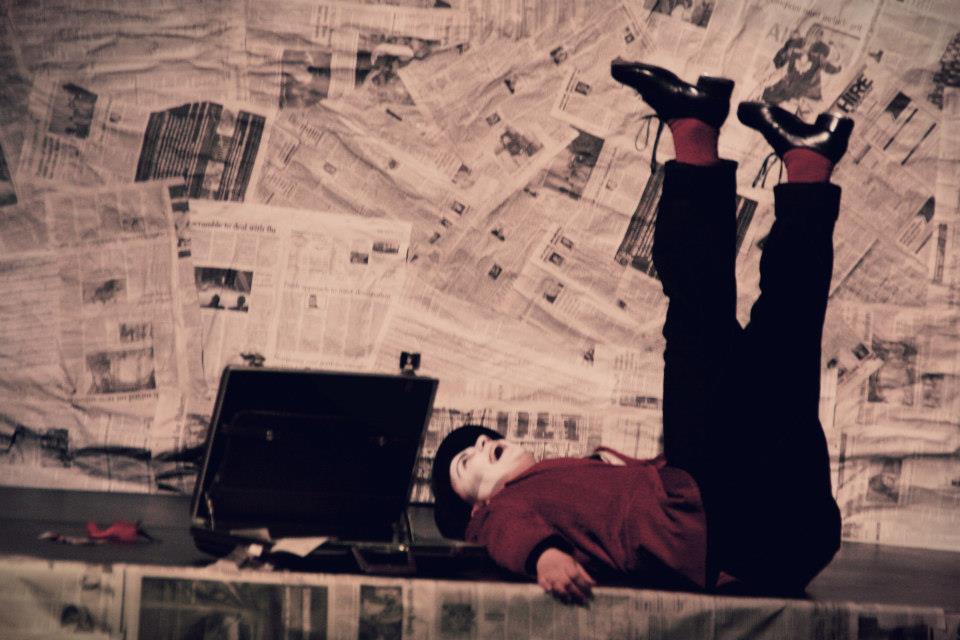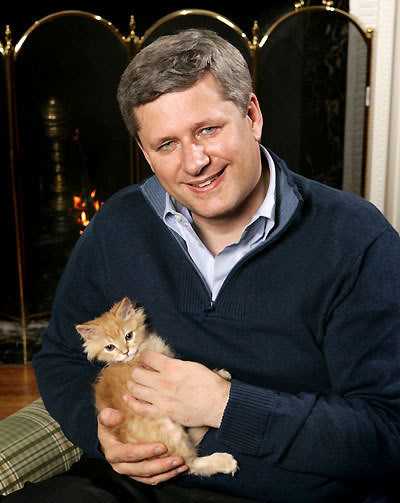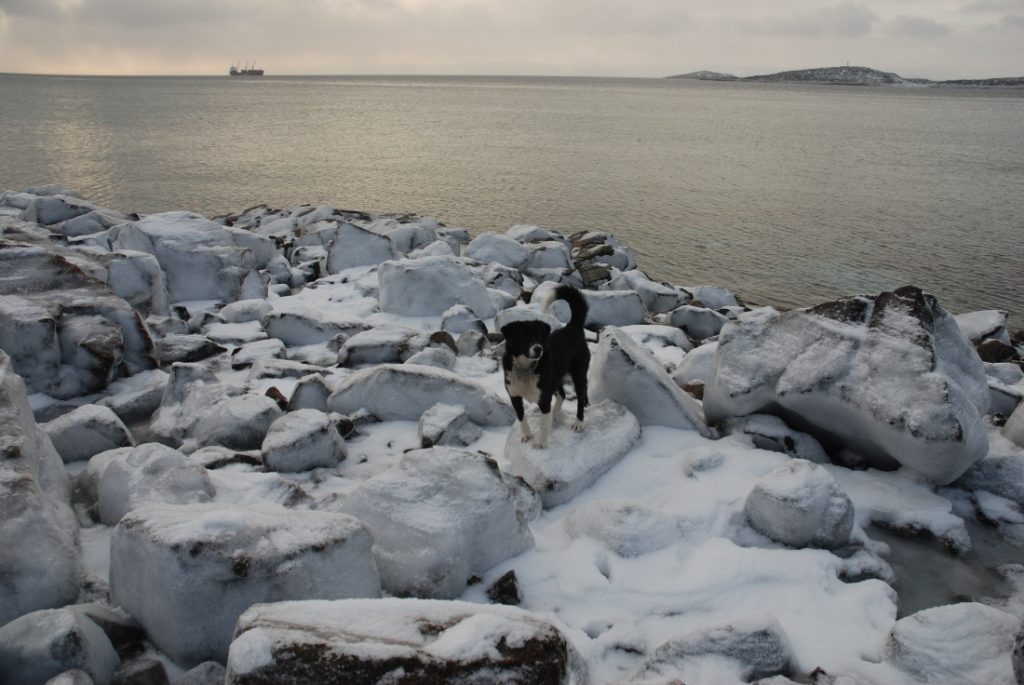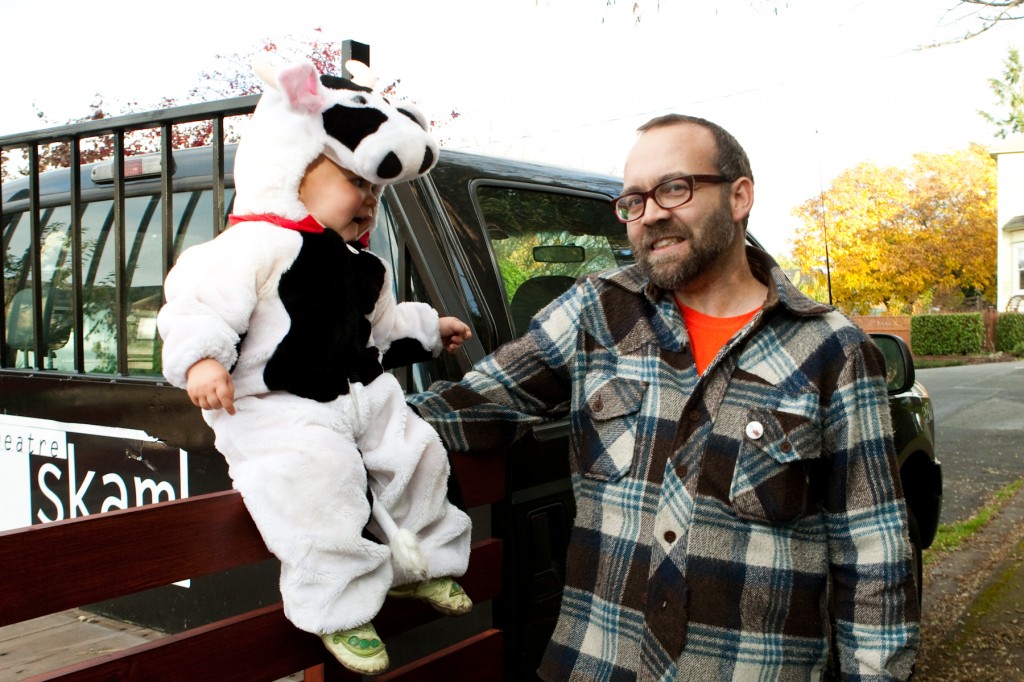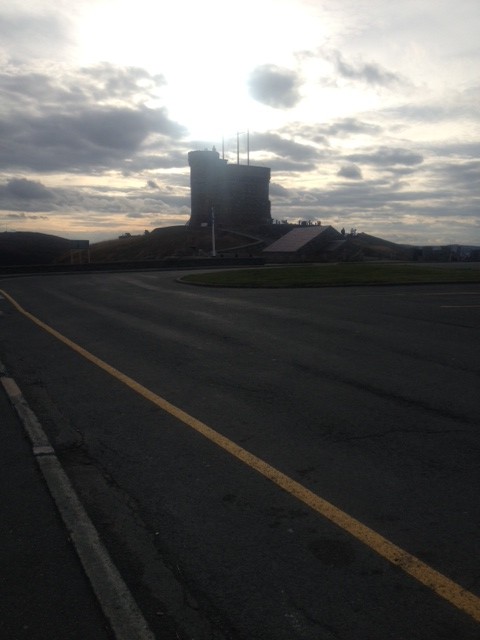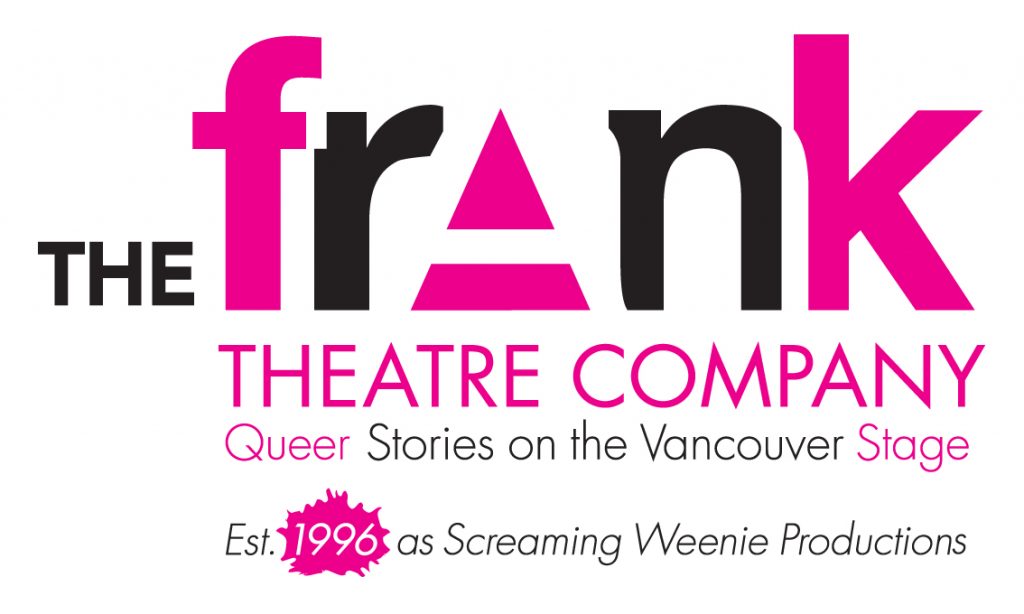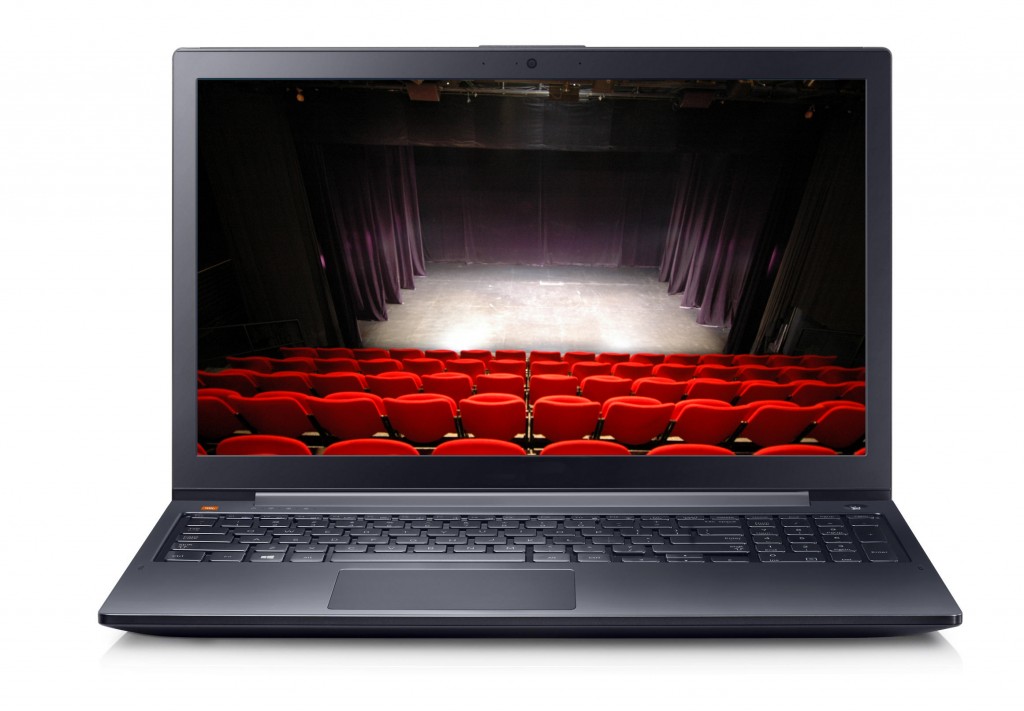Creating Blind Love for the Edinburgh Fringe Festival
The moment I knew our play, Blind Love was special was after the first performance at our high school two months before leaving for Edinburgh Fringe Festival. The student/actors are frozen on stage. The lights go to black. But instead of the obligatory end applause – silence. It was brief but felt like forever; sort of like people needed time to recover; to remember where they were. Once the applause ended, everyone just sat.
Our play Blind Love was a devised theatre work created by myself and 12 LeBoldus High School students ostensibly for the Edinburgh Fringe Festival in Edinburgh Scotland, August 2013. It had all live music with two girls on vocals (one with a ukulele), abstract ensemble movement, two short animated films (created by one of the student performers specifically for the piece), and a small narrative that used the Chinese myth of the Red String of Fate that inexplicably binds certain people together for life. Because we were sailing (ok, flying) across the ocean we decided the string would be our only prop; the physical manifestation of the ties that are created when one person meets another and the attachment is made. We wove this all together with students’ stories; one of a boy who watches both his grandparents disappear before his eyes with Alzheimers; another who – as a child – lost a close adult friend in a snowmobiling accident. All these stories were “strung” together with a simple narrative of Boy and Girl, who meet each other and – seemingly through no choice of their own – fall in love and are together for life.
Dr. Martin Leboldus is a bursting-at-the-seams high school situated at the south end of the city of Regina in Saskatchewan, Canada. A school originally built for about 650 students, it now has a population of about 950. It is an increasingly diverse and vibrant Catholic School with an excellent reputation for the arts and drama in particular. It has won the Canadian Improv Games National Championship and has made the finals on several other occasions as well as having been a winner of the regional tournament on many occasions. It has an excellent reputation for writing and devising original works of theatre with its own high school students.
In starting to devise a work for the Fringe we began by playing around with ideas: They journaled, wrote songs and poetry, told stories, practiced the ukulele, moved, danced, did improv games and played with miles and miles of string. What if string represented a beating heart? What if string became an office tower? IPod head-phones? What if – once you saw someone from across the room you wouldn’t be able to let go of the string – ever? Red string became a physical metaphor for being tangled, confused, in fear, lost, forgotten, and of course in love – undeniably, passionately, and irreversibly in love. We blew our string budget in the first week. But that was ok. It was our only budget item.
If I had been a bit surprised by the audience’s response at our high school, I was not prepared for the Edinburgh response. People wept openly; students and adults alike. The audiences would leap to their feet the moment the play was over and many would find us after the performance to congratulate the students. The students’ stories were front and centre. There was no “acting”. There was no need to play anything other than themselves. And when they spoke, they spoke directly to the audience about their stories. “We know you’re there,” they were saying, “and we need to tell you – and show you – some stuff.” I acted as part-time writer and dramaturge, full-time director, teacher, counselor, and performance coach. They learned how to avoid cliché in order to dig deeper and came to understand the deeper impact of theatre that is honest, open, and bold.
The Edinburgh Fringe features several other smaller festivals under its auspices. The AHSTF (The American High School Theatre Festival) is one of them. It has two venues that are exclusively their own. 40 high schools from the US and Canada (only about 4 Canadian schools) were part of this year’s festival which takes place over the entire month of August. It is an incredibly well-run (by American theatre professionals), mini-festival where students and teacher-directors stay at the Edinburgh University Campus residences, take tours, (Both in London and the castles in the Scotland country-side), attend a few performances of the other high schools and generally attempt to take as much of the festival in as they can. Each school must sell their show the same way the rest of the Festival shows do: by getting out and pounding the pavement, handing out flyers, doing impromptu performances, talking up their show in lineups, and making sure that other high school students get to come and see their show as well. Each school has 4 performances over 10 days. We are provided with a house technician and a typical “Fringe” amount of time for load in and strike.
Our Leboldus students were blown away by the experience – both the high of performing on the Edinburgh stage and the incredible arts feast that is the Edinburgh Fringe Festival. What they originally thought was going to be a good opportunity to go shopping became a desperate fight to see as much theatre as they could. They began following me around like puppies: “What’s good Mr. Macdonald? What shows did you see yesterday?” And they became theatre critics:
“It didn’t take me anywhere.”
“Pretty good ensemble work.”
“That company has three different shows here. I have to see every one of them.”
They’re desperate to go back. Maybe one day a few will – as professionals.

